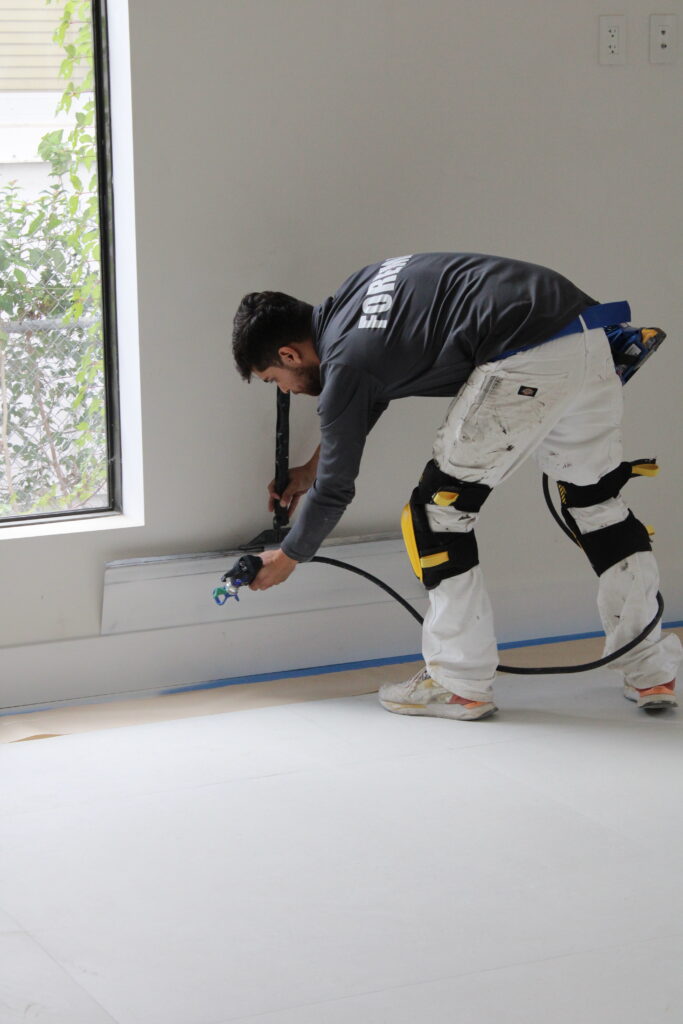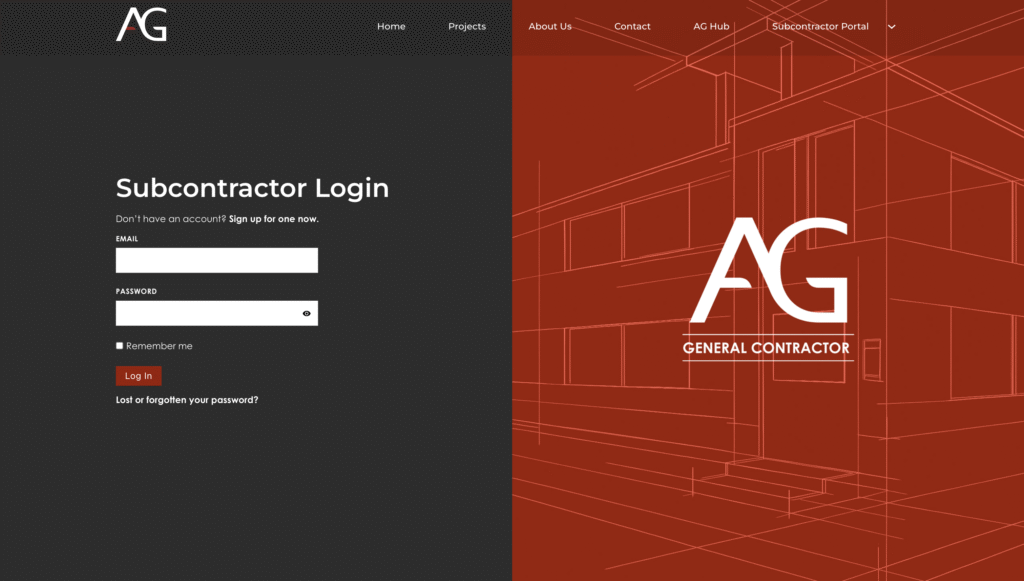How the Final Phase of Construction Can Make or Break a Project
In construction, the final stretch is deceptively demanding. After months — sometimes years — of building, planning, and coordinating trades, the last 5% of a project can feel like a never-ending sprint. But this last phase is where the rubber meets the road.
Welcome to the race to the Certificate of Occupancy (CO).
The CO isn’t just a piece of paper. It’s proof that your project is code-compliant, safe, and ready to be lived in. It’s the green light from the city that the work is done, and the doors can open. But getting there? That’s where precision, coordination, and relentless attention to detail matter most.
At AG General Contractor, we understand how crucial this finishing phase is. That’s why our proven process delivers projects close out within ±5% of budget and up to 27% faster than traditional timelines.

When Does “Finishing” Actually Start?
The end starts the moment the last trade finishes its major work. This doesn’t mean no one’s on-site — quite the opposite. It’s when walkthroughs begin, trades return for touch-ups, and superintendents zero in on the checklist. The “finishing” phase is less about building and more about tightening every screw, patching every detail, and wrapping every loose end.
The CO Checklist: It All Comes Down to This
To get a Certificate of Occupancy, you need all final inspections passed and documents squared away. Here’s what must be in place:
Final City Inspections:
- HVAC
- Windows
- Roofing
- Electrical
- Plumbing
- Driveway
- Fencing and Railings
- Public Works
- Landscaping
- Zoning
- Building Department
Sometimes, you’ll receive a Temporary CO (TCO) while final work wraps up — but it’s no substitute for a full CO.



The Blueprint Wrap-Up: Plans, As-Builts & Docs
Alongside inspections, the project team must close out the city plan set with any updated as-built drawings — a corrected record of how the building was actually constructed, in collaboration with MIK Architecture. These aren’t optional. They’re part of what the city reviews when issuing the CO.
From Rough to Ready: The Punch List Phase
Once major work is complete, attention shifts to the punch list — a detailed log of everything that needs to be finished, repaired, cleaned, or corrected before handover.
Think:
- Paint touch-ups
- Missing light fixtures
- Misaligned outlets
- Scratches on windows
- Faulty locks or latches
- Caulking, cleanup, and cabinetry tweaks


AG General Contractor maintains a punch list system that’s updated weekly to avoid last-minute surprises and delays.
We’ve created a downloadable Master Punch List Template based on real-world inspections to help your team standardize this crucial step.
📅 Download the Punch List Template
Who’s Still Working at This Stage?
By this point, most trades are done. But a few specialists return for:
- Final electrical finishes (outlet covers, fixtures)
- HVAC tweaks (grilles, thermostats)
- Landscape work
- Cleaning crews
- Foreman/Superintendent oversight
What’s really happening is a series of “mini closeouts” — each specialty wraps up their trade scope and clears inspections.
Common Frustrations: Death by a Thousand Details
The final 10% can feel like 50%. Why?
Because it’s often small things that hold up your CO:
- A broken smoke detector
- A missing railing
- A single inspection rejection
One time, a single missing smoke detector battery delayed an inspection and cost us an entire week. It was a small detail — but one with real consequences.
Expect it. Plan for it. And build in margin for it.


Major Wins That Matter
There are two big victories in this phase:
- Getting the CO
- Getting the property sold or occupied
Finishing right isn’t just a compliance matter — it’s a sales tool. A clean, functioning, code-compliant home shows buyers or tenants that the team cared through to the very end.
Lessons Learned (The Hard Way)
Every project has its “we’ll never do that again” moment:
- Fixtures installed in the wrong place
- Delayed inspections
- Loose ends that cost time (and money)
At AG General Contractor, we use post-project reviews to improve our closeout process and refine systems from one build to the next.
Checklist vs. Punch List: What’s the Difference?
Master Checklist – The high-level guide of everything that must be completed to close the project (permitting, CO, documentation, etc.)
Punch List – The item-by-item detail log that gets tackled room by room, wall by wall.
Use both. They complement each other. We recommend a personalized punch list per project, layered on top of the master template.
The Financial Closeout: Don’t Skip It
Before you hand over the keys, wrap the books:
- Finalize all expenses
- Ensure subcontractors are paid
- Collect and store invoices
- Run an expense variance analysis
This isn’t just for accounting — it’s to protect you. If there’s a dispute, delay, or audit, having every line documented is key.
CO Secured? What’s Next?
- Final walkthrough with the owner
- Confirm all documents and manuals are handed off
- Organize the project closeout folder with permits, warranties, and as-builts
- Archive key information for future reference
This is more than just “done.” It’s closure — on paper, on the books, and in the field.

Wrap-Up: Finish Strong, Always
Don’t forget, meticulous documentation is crucial in case of conflicts or checks.
Once the CO is in hand, what comes next? It’s not just about completion; it’s about finality — on paper, legally, and practically.
Constructions aren’t over with the final hammer strike but with the ultimate approval. The final steps, from inspections to obtaining the CO, determine the project’s reputation.
At AG General Contractor, we guarantee a strong finish every single time. Also, grab our downloadable checklist for the final phase, a compilation of years of expertise covering all crucial inspection points.
📅 Download Now Ready to embark on your next construction project confidently?
Reach out to AG General Contractor to arrange a consultation today.


